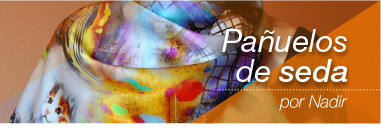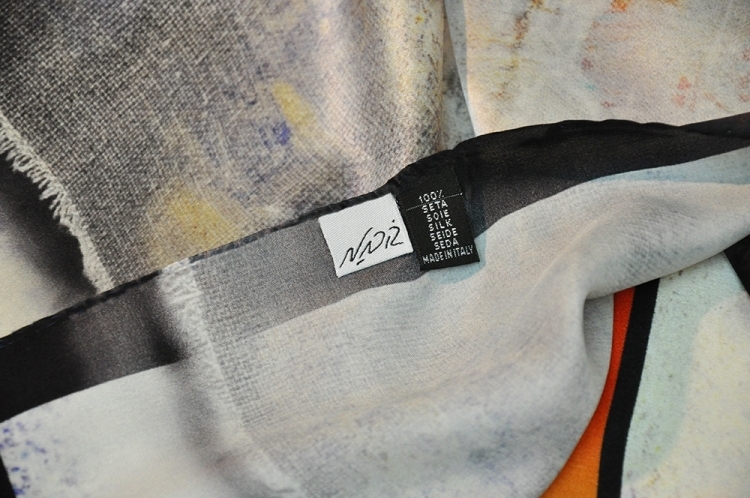Blog
How to distinguish a silk scarf of bad quality from a good one The color, the softness, the back and even the seams are important to distinguish a scarf of good quality from a bad one. Here we show y
How to distinguish a silk scarf of bad quality from a good one
The color, the softness, the back and even the seams are important to distinguish a scarf of good quality from a bad one. Here we show you how to differentiate a good scarf form one of imitation.
1. Look at the texture.
The silk scarves are soft, but not sticky. That means that the texture of a silk scarf is more comfortable to touch, while the artificial fabric is rougher. On the other hand, natural silk scarves shine but not excessively, the silk fabric that provides more brightness is Crepe Satin, whose warp and weft are very tight, with the bigger quantity of the threads than in the majority of types of silk, so as a result of his touch, it is called "angel skin", hence the threads are not appreciated. While the one of lower quality is usually too shiny and has a rougher touch. That will help you differentiate them.
2. Pay attention to the seams.
A bad scarf always has the machine sewed edge. A scarf of good quality will usually have rolled inward edges; the corners and the edging are sewn by hand. Therefore, some irregularities should be appreciated at the hem and on a great scarf you can also distinguish the stitches.
3. The back side gives them away.
The back of a bad scarf is always much worse than the front, thus less attractive and usually with much less color. While the back of a good silk scarf has color and strength, of course a little less color than the front, as the one being patterned. The color of the back of scarf also depends on the thickness of silk, but it should never undermine the front. We must not forget that silks like Crepe Satin, wherein the face which is patterned holds a certain brightness and the back is slightly matte also affects the visual effect of a good scarf. Resulting in even more bright and expressive colors.
4. The fall of a silk scarf.
Although this one seems to be a pretty subjective issue. With experience we can see how placing the scarf on the table and moving it with both hands at the same time from one end, we have to see how the air travels without difficulty through the whole dimension of the scarf, ending up on the other side with a softness of silk, which warp and weft allow release of air from the inside within a very controlled manner. Hence, its breathability. This ability to transpire that brings the feeling of coolness in summer and warmth in winter is also due the fact that it is a natural thread, not synthetic, of animal origin (silkworm).
5. How to distinguish natural silk scarf from an artificial
Certainly the best method, apart from the price and labelling, goes through a burn-in test. The silk thread burns and leaves a residue of ash, with a smell of burnt skin. The synthetic melts when burned and is turning into balls that harden when cooled.
In addition to it, the natural silk scarf should have some irregularity, albeit minimal. Synthetic has no irregularity, the brightness is completely homogeneous and excessive.
In the right image, Nadir silk scarf.




